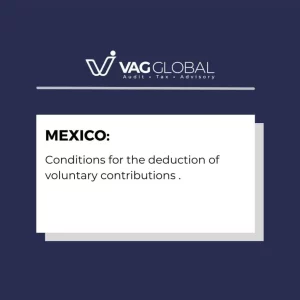Isaac Gonzalo Arias Esteban commented on the future of transfer pricing through a report presented to the CIAT (Centro Interamericano de Administración Tributaria – Inter-American Center for Tax Administration (CIAT), based on a general analysis of the history of transfer pricing in LAC (Latin America and the Caribbean).
1. Contextualization of the analysis
As Arias Esteban commented, the pandemic caused by Covid-19 has demonstrated that the context we daily develop can change completely in the blink of an eye.
Therefore, it is important to analyze history as a science to know the past, understand the present, and plan for the future to face these changes.
2. History in Latin America and the Caribbean
Since 1992, Latin America and the Caribbean have been progressively implementing regulations focused on preventing the manipulation of transfer prices for ensuring the collection of taxes. In this regard, several countries have recently (2019 and 2021) adopted various measures of action of the BEPS Plan, divided into the following:
- Action 8
- Ecuador
- Mexico
- Argentina
- Costa Rica
- Honduras
- Action 9
- Ecuador
- Mexico
- Argentina
- Costa Rica
- Honduras
- Action 10
- Colombia
- Ecuador
- Mexico
- Peru
- Honduras
- Argentina
- Costa Rica
- Action 13
- Argentina
- Colombia
- Costa Rica
- Mexico
- Peru
- Brazil
- Chile
- Panama
- Bermudas
- Belice
- Uruguay
3. Problems of Tax Administrations
Each country has its own tax administration or regulatory body. Since Transfer Pricing is a mechanism aimed at achieving international tax uniformity, it has many similar problems. Among the clearest complications are the following:
- The absence of databases is related to the lack of public information useful for transfer pricing control and the difficulty faced by tax administrations in acquiring commercial databases.
- Difficulty in valuing intangibles.
4. Future planning
The author of the aforementioned report emphasizes the limitations that countries have in finding a uniform and efficient transfer pricing control mechanism. Therefore, Arias Esteban comments in detail in his analysis on the following aspects that should be considered for future legislative planning:
- Design of standards for internal control of transfer pricing.
- Uniform and digital databases.
- Inter-institutional collaboration.
- Risk-based approach.
- Compliance-oriented cooperation.
- Technological and digital economy development.
- Dispute prevention and resolution.
Source: CIAT 17/11/21




